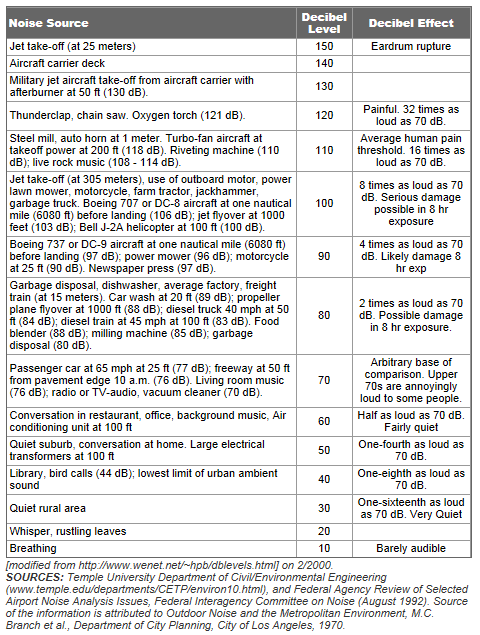The Truth About Suppressors
In the past several years, we have seen an explosion in the NFA marketplace. Thanks to comprehensive guides and excellent advice that is freely available on the internet, more people than ever are purchasing NFA-controlled firearms and suppressors. Though short-barreled shotguns and short-barreled rifles have grown in popularity, suppressor ownership has outpaced these two by a respectable margin. According to the Wall Street Journal, as of April 2013, American citizens owned nearly 500,000 suppressors, a number which continues to grow. In terms of legislative progress, suppressor legalization is moving through the legislatures in both Vermont and Iowa, and several states have gone further to legalize suppressor use while hunting. Yet despite all this, the ATF has sought to also restrict legal suppressor ownership through its proposal, ATF 41P.
The suppressor (or silencer), as we know it, was invented in 1902 by Hiram Percy Maxim for use by civilian shooters. The design incorporated a series of baffles to slow down the hot gasses that follow the bullet as it exits the barrel. The explosion and expansion of these gases are the main sources of a firearm’s report, and Maxim’s suppressor design closely resembled his revolutionary automobile invention, the muffler. Unfortunately, under the premise that poachers could use suppressors to hunt game illegally, the devices were restricted by the National Firearms Act of 1934.
Today, designs and manufacturing techniques/materials for suppressors have come a long way since 1902, but the basic concept remains the same. Companies such as SilencerCo and Advanced Armament still utilize Maxim’s baffled design to slow gasses and reduce firearms’ report. Despite improvements, suppressors are still roundly misrepresented by the media. In games and movies, viewers are left with the impression that suppressors totally silence a firearm and that they make excellent tools for assassins, spies, and criminals. Unsurprisingly, reality does not support this portrayal.
The following video by Silencer Shop shows off one of the quietest .30 caliber suppressors. While it makes a noticeable difference, it doesn’t come close to the sort of quiet that we see in movies. Generally, 140 dB is considered the absolute maximum for hearing-safe performance.
Next, we see a video from SilencerCo, a leading manufacturer in the suppressor market. Here they compare three of the top 5.56mm suppressors. Take note that after the initial suppressed blast, a crack can be heard as the round travels downrange. This is because the bullet is traveling at speeds beyond the sound barrier. This noise alone limits what a suppressor is able to accomplish and has been measured at around 130 to 140 dBs itself.
This next video shows SilencerCo’s top-of-the-line .22 LR suppressor. This Sparrow suppressor pushes the limits of what is possible with a .22 LR suppressor. Note that the unsuppressed P22 shown in this video is around 15 dB louder than an unsuppressed .22 LR rifle. This is due to the P22’s very short barrel.
Lastly, let us take a look at how suppressed firearms sound at a distance. Please forgive some of the presenter’s sillyness, the information in this video is good. The production values and sound on this SNO Multimedia video are good and depict the difference between suppressed and unsuppressed firearms.
The following chart was sourced from www.industrialnoisecontrol.com and comes from research done by the engineering department at Temple University. Your average hearing protection (plugs and muffs) tends to reduce the at-ear intensity by around 25 dB. With that in mind, we can figure that even with ear protection, shooters run the risk of damaging their hearing in the long run. With a typical conversation metering at 60 dB, an unsuppressed gunshot is around 128 times as loud. Even a suppressed shot is between 32 and 64 times louder than a conversation. Clearly, even with a suppressor, no one is going to be able to match the level of suppression that we see in games like Splinter Cell and Call of Duty.
Considering the chart, it is clear that suppressors can only be beneficial in preserving the hearing of shooters and especially hunters, who must be aware of their surroundings and should not wear ear plugs in the woods. The newly formed American Silencer Association has published the following map regarding suppressor legality. Please note that even where legal, buyers must still pay the $200 tax associated with NFA firearm transfers. Often this tax can constitute as much as 50% of the purchase price.
Suppressor ownership by civilians is also relatively common abroad. Upon receiving a Firearm Certificate (FAC), residents of the United Kingdom can relatively easily gain approval for a suppressor to go with their firearm. In Sweden, a license is required to purchase suppressors, but barring any known criminal offenses or documented mental health issues this license is generally granted. Suppressor ownership in Poland is completely unregulated. Suppressors are also perfectly legal in Finland, France, New Zealand, and Norway.
Additional information:
http://nssf.org/factsheets/PDF/Suppressors.pdf
http://online.wsj.com/news/articles/SB10001424052702303492504579111243276511128
An information security professional by day and gun blogger by night, Nathan started his firearms journey at 16 years old as a collector of C&R rifles. These days, you’re likely to find him shooting something a bit more modern – and usually equipped with a suppressor – but his passion for firearms with military heritage has never waned. Over the last five years, Nathan has written about a variety of firearms topics, including Second Amendment politics and gun and gear reviews. When he isn’t shooting or writing, Nathan nerds out over computers, 3D printing, and Star Wars.


